Referral Letter Template for Professional Use
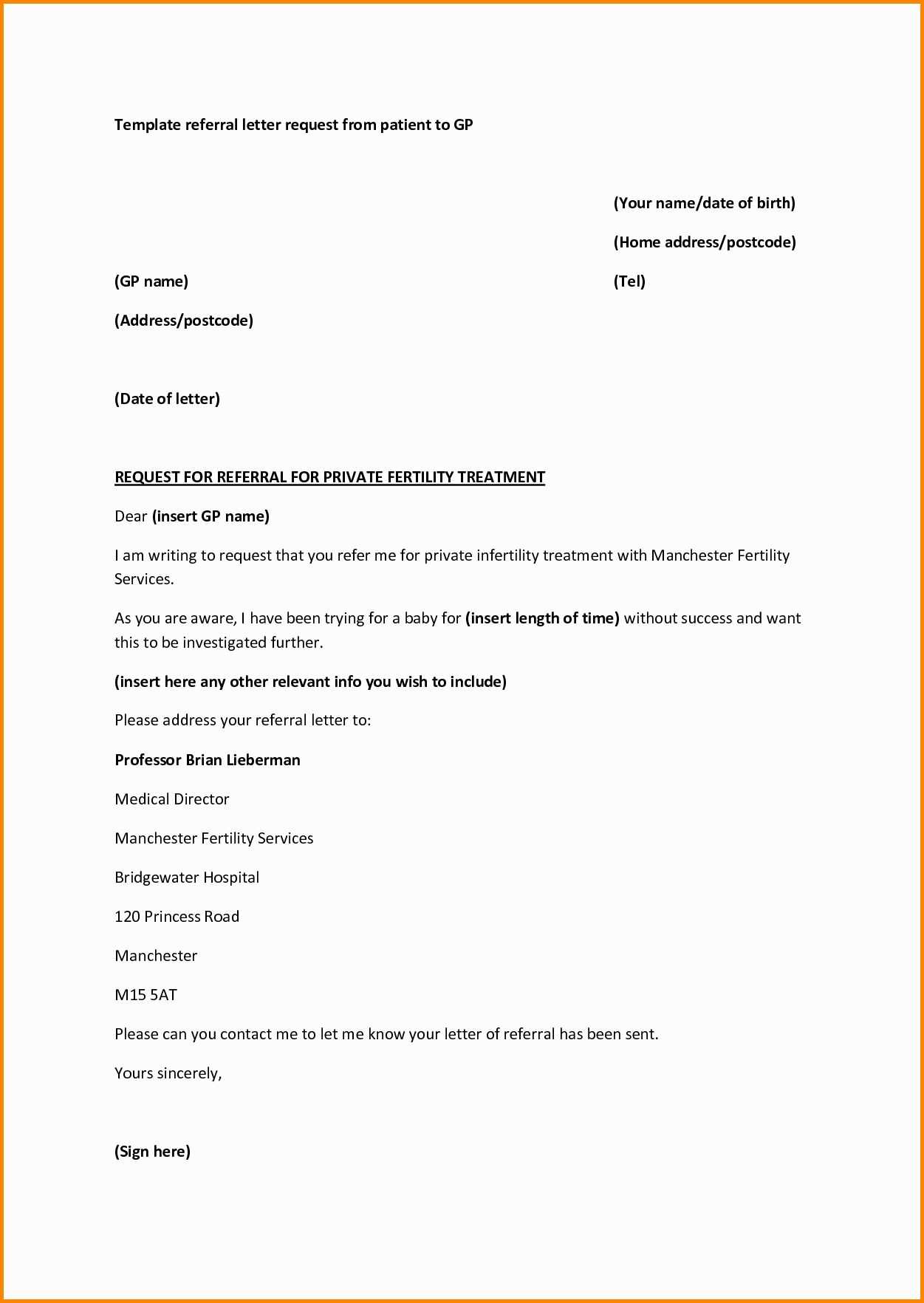
When providing a professional endorsement for someone, it is important to craft a formal communication that highlights their strengths and suitability for a specific role or opportunity. Such a document serves as a key tool in supporting an individual’s candidacy, making it crucial to follow the proper structure and tone.
Essential Components of a Strong Recommendation
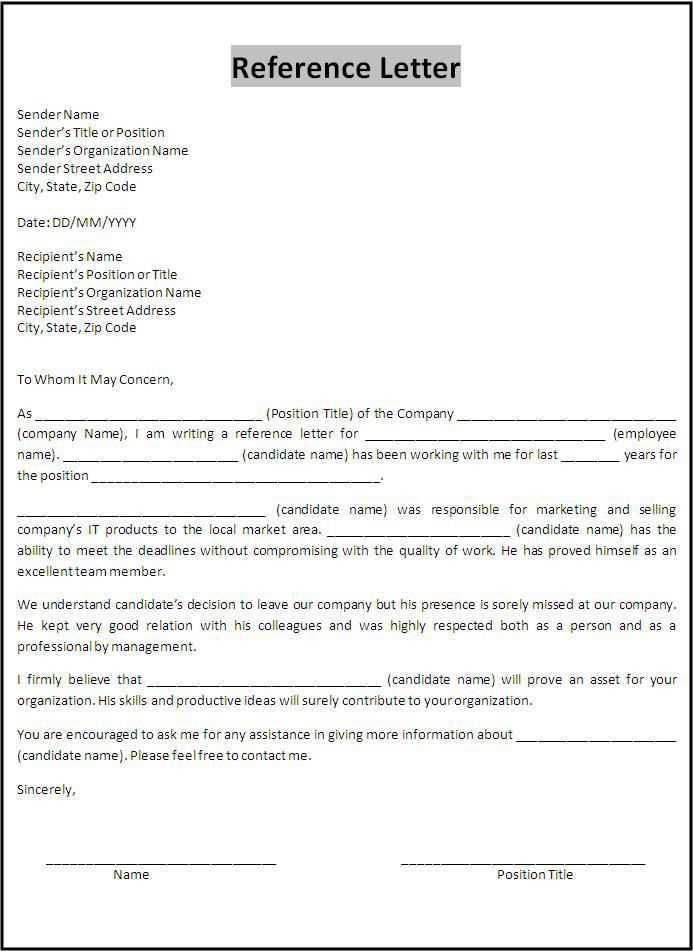
In order to make a strong impact, your endorsement should include several key elements. These details will help convey the individual’s qualifications effectively.
- Introduction: Briefly introduce your relationship with the person you’re recommending and how you know them.
- Qualities and Skills: Highlight the individual’s key strengths, such as leadership, communication, or technical skills.
- Specific Achievements: Provide examples of the person’s accomplishments that demonstrate their ability to succeed in the role or task at hand.
- Closing Remarks: Summarize why you believe they are an excellent candidate and express your full endorsement.
Why Personalization Matters
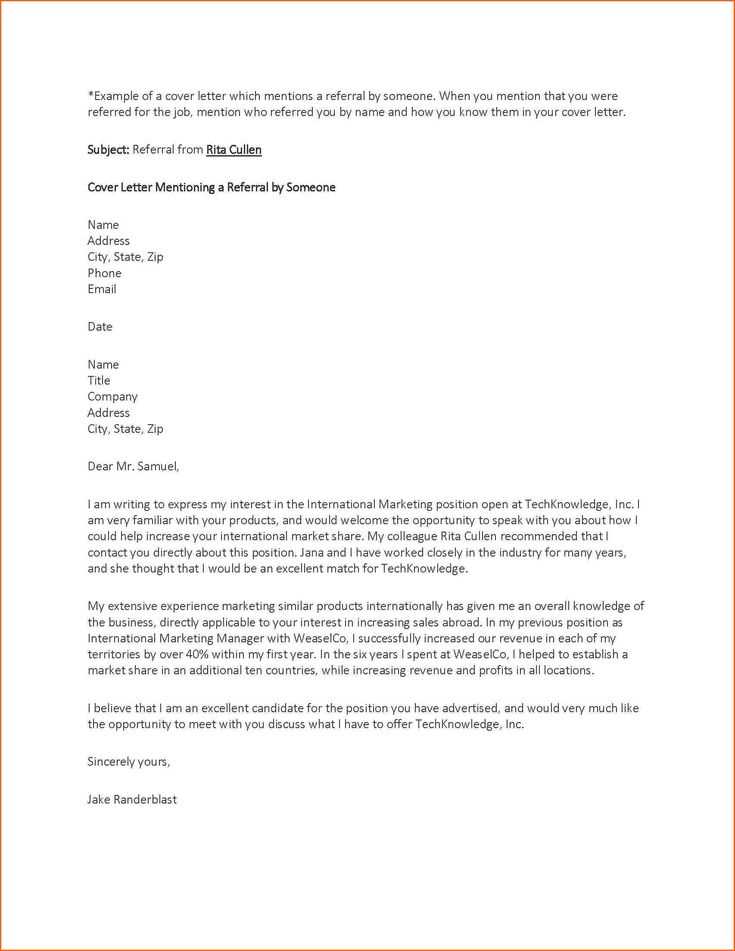
Personalizing the content is crucial for making your recommendation stand out. Tailor the message to the individual and the opportunity they are pursuing, whether it’s a job application, educational program, or volunteer position. This demonstrates your genuine support and helps the person feel more confident in their next steps.
Avoiding Common Errors
It’s easy to make mistakes when crafting this type of document. Here are some common errors to avoid:
- Being too vague: Focusing on generic phrases that don’t provide concrete examples.
- Overly complex language: Use clear and concise wording to ensure your message is easily understood.
- Failing to tailor: A generic recommendation can hurt the individual’s chances. Always customize your endorsement to the situation.
Best Practices for Writing
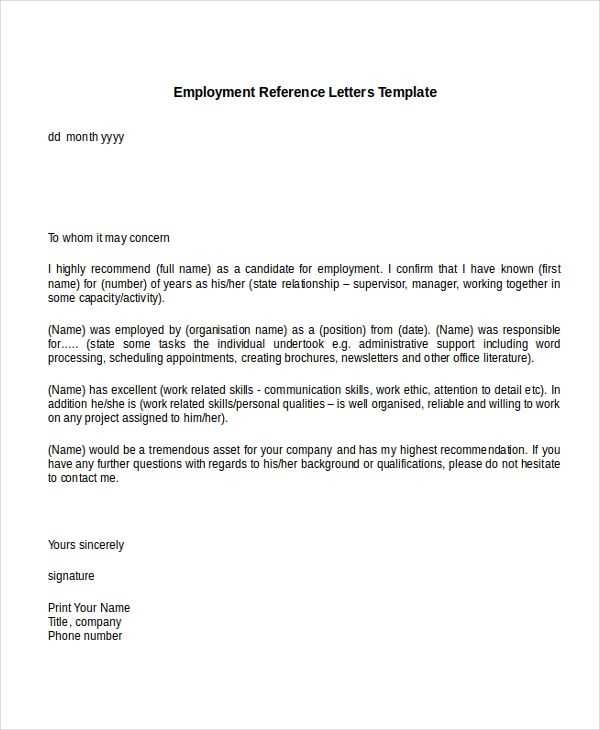
To write an effective recommendation, keep the tone professional and confident. Ensure that the document is well-structured and error-free. Whether you are supporting a colleague, a student, or a volunteer, your role is to present them in the best possible light while staying truthful and accurate.
Recommendation Document Guide
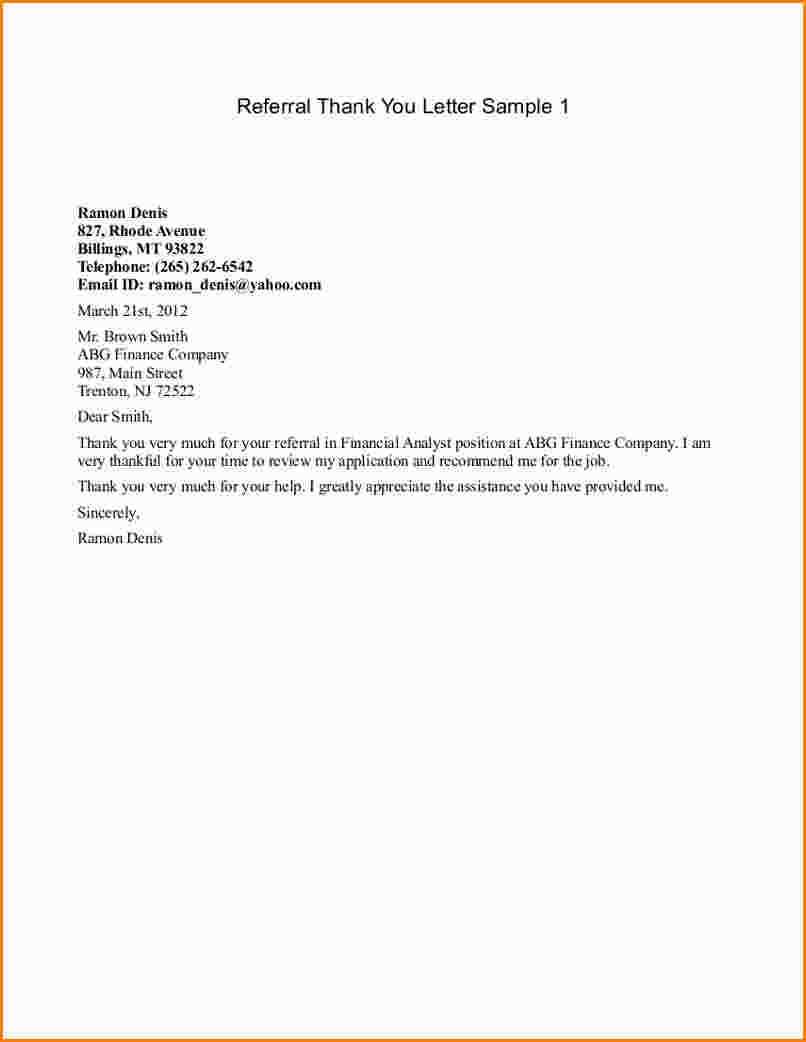
Creating a formal endorsement to support someone’s application or candidacy requires careful attention to detail. This document serves as a powerful tool for emphasizing a person’s qualifications and their fit for a specific role, making it essential to follow a clear and effective structure.
Key Elements to Include
For a strong and impactful recommendation, it’s important to address several key aspects:
- Introduction: State your relationship with the individual and your qualifications to provide the recommendation.
- Skills and Strengths: Highlight the individual’s abilities, such as leadership, problem-solving, or specific technical skills relevant to the role.
- Concrete Examples: Provide real-life instances where the person excelled, demonstrating their capability and potential.
- Closing Endorsement: Conclude with a clear and confident statement of support, emphasizing why you believe the individual is highly suited for the position.
Crafting a Compelling Recommendation
To make your endorsement stand out, focus on clarity and relevance. Tailor your message to the person’s unique strengths and the specific opportunity they are pursuing. Ensure your tone remains professional and persuasive throughout.
Common Mistakes to Avoid
- Being too general: Avoid vague statements that fail to provide strong evidence of the individual’s capabilities.
- Overloading with irrelevant details: Stick to pertinent information that directly supports the person’s qualifications for the role.
- Underplaying the endorsement: Make sure your conclusion clearly expresses your confidence in the individual’s abilities.
When to Use a Recommendation
This kind of endorsement is typically used in situations such as job applications, academic pursuits, volunteer opportunities, or professional networking. Knowing when to submit a strong recommendation can greatly enhance the individual’s chances of success.
Examples for Different Situations
It’s useful to review various examples of recommendations tailored to different roles, such as for an employment position, an academic program, or a volunteer opportunity. This will help you understand how to adjust your message for each specific context.
Personalizing Your Endorsement
To make your recommendation more impactful, personalize it to reflect the unique characteristics of the individual and their goals. This adds authenticity and shows that you are genuinely invested in their success.